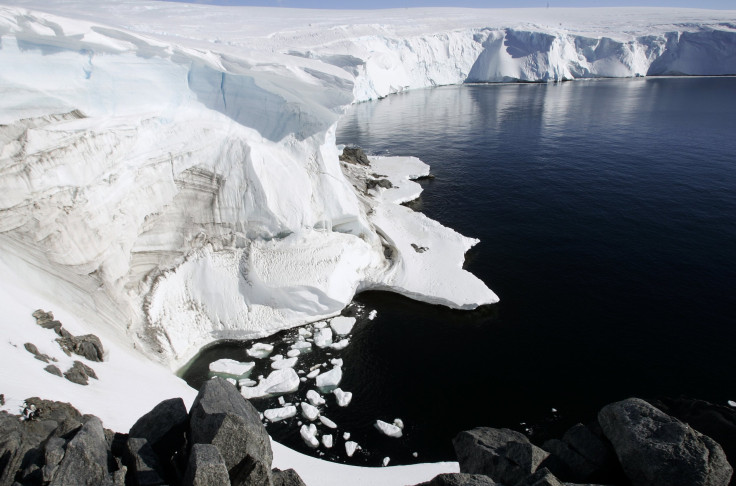Totten, Largest Glacier in East Antarctica is Melting Because of Warm Ocean Water

Totten, East Antarctica’s largest glacier is melting from below, scientists confirmed in a study.
Scientists say the unusual heat in the ocean is flooding into the bottom of the ice sheet at a rate of 220,000 cubic meters per second. The flooding waters is causing the glacier to lose between 63 and 80 billion tons of its ice to the ocean annually, and to lose about 10 meters (32 feet) of thickness per year.
The study, conducted by Australia’s University of Tasmania in coordination with the University of Texas at Austin, was published in the journal Science Advances on Friday.
The melting of Totten, which is bigger than the size of California, could contribute to sea level rise. If the glacier were to melt, the global sea level would rise by at least 3.5 meters (11.5 feet), the study says.
Scientists were able to study the glacier by going beneath the ice sheet and seeing first-hand the erosion of Totten caused by hotter waters and acidic seawater.
The scientists concluded in the study:
“Several lines of evidence support the conclusion that rapid basal melt of the TIS is driven by the flux of warm mCDW (modified Circumpolar Deep Water) into the cavity: the presence of warm water at the ice front, the existence of a deep trough providing access of this warm water to the cavity, direct measurements of mass and heat transport into the cavity, the signature of glacial meltwater in the outflow, and exchange rates inferred from the heat budget and satellite-derived basal melt rates.”
The study comes after another report, which said that regions of the gargantuan Totten Glacier — the most rapidly thinning glacier in East Antarctica — had become “fundamentally unstable.”
In October, NASA and the University of California, Irvine announced that glaciers in West Antarctica are retreating at an unprecedented rate because of warm water flooding beneath the ice shelf.
Over the last century, as Earth’s temperatures continue to rise, global average sea levels have risen nearly 7 inches. If Antarctica’s ice sheet completely melts, sea levels could rise by over 200 feet. Antarctica has lost about 152 cubic kilometers (36 cubic miles) of ice between 2002 and 2005, according to NASA's Gravity Recovery and Climate Experiment.
© Copyright IBTimes 2025. All rights reserved.




















